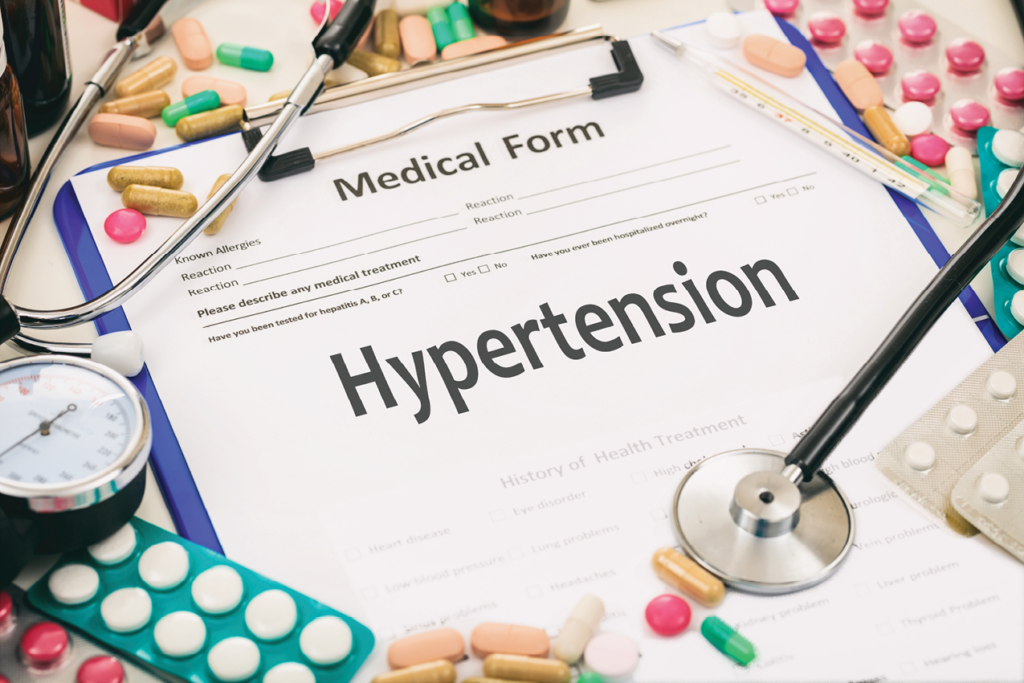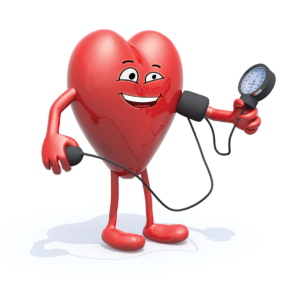
My name is Kathleen Meyer, RD, LD and Sales Manager at Patient Care America. I’ve been an RD for over 27 years, many of which have included caring for patients receiving dialysis. This month’s webinar is particularly important to me, as I was diagnosed with hypertension in December of 2020 after suffering a hemorrhagic stroke. Prior to that, I never had any signs of high blood pressure, making me better understand why this is considered a silent disease. After my diagnosis, I was prescribed medication to help manage my blood pressure. As an RD, I’ve always followed a heart-healthy, low sodium diet and understood the importance of medication compliance. While recovering, I was introduced to additional ways to manage my diagnosis.
According to the Centers for Disease Control & Prevention (CDC) almost half the adult population in the United States has hypertension, which also increases the risk of heart disease, stroke, and chronic kidney disease (CKD).
Hypertension is common in the dialysis population, affecting 70-80% of patients. Patients receiving in-center hemodialysis will typically have their blood pressure checked multiple times before, during and after dialysis. Patients receiving peritoneal dialysis are typically instructed to check their blood pressure prior to and after completing an exchange, however, patients may miss the post blood pressure reading if they are on a cycler and do not wake up to take that their second blood pressure test. It’s important to note, there is insufficient evidence to provide strong recommendations for blood pressure targets in the dialysis population:
- KDOQI 2004 Guidelines recommend <140/90 mmHg pre-dialysis and <130/80 mmHg post-dialysis based on weak evidence.
- Pre- and post-dialysis blood pressure taken at the clinic is an imprecise measurement of intradialytic blood pressure and should not be used to for diagnosing or managing hypertension.
In many Chronic Kidney Disease patients with hypertension, medications are usually the first-line treatment for blood pressure management.
While medications can help with blood pressure control, the patient could complement the medical interventions with other non-pharmacologic options, helping lessen the burden on the body and overall negative impact of hypertension.
Listed below are some tools that can be used above and beyond medication regimens. When conducting monthly lab reviews with patients, consider focusing on one or two of these resources to help manage their blood pressure:

Home Blood Pressure Monitoring
Knowing high blood pressure symptoms is important for any patient or patient friend and/or relative. Our hypertension handout found on the clinician portal provides helpful tips not only on the symptoms, but on what to do to avoid hypertension. Dialysis patients should be checking their blood pressure regularly at home.
Simple and inexpensive blood pressure monitors can be purchased at stores such as Walgreens, CVS or even online through Amazon. Encourage your patients to log their blood pressure in a pocket-sized notebook or using a free blood pressure tracking smartphone app. A Blood pressure tracking app’ will even generate a graph or chart of results which can easily be shared with the patient’s dialysis management team.

Kidney & Heart-Friendly Nutrition Tips
The average American consumes 3-4 grams of sodium each day. A person with CKD should aim for 2.3 grams per day or less. Involve the patient in setting personal goals on how they can reduce their sodium intake and encourage them to use a log to monitor their daily intake. You may find a patient fluids and sodium tracker for download on our clinician portal.

Routine Sleep Schedule
A good night’s sleep helps regulate blood pressure. With sleep problems, your blood pressure stays higher for longer periods of time. It can also result in impaired immunity, appetite changes, decline in memory, in learning, focusing, and making decisions. Consider discussing the importance of normal sleep with your patient. Another helpful patient handout related to these suggestions may be found on our clinician portal.

Stress Management
Evidence has shown a direct correlation between stress and hypertension. Mindfulness can be a beneficial stress management tool. Managing stress can positively impact blood pressure as well as overall heart health. Options like Mindful breathing, meditation, mindful eating and art therapy are great options. Some of these are available online.
For example, on this link you’ll find a guided meditation to feel relaxed and help lower blood pressure: https://www.youtube.com/watch?v=8nBieS8dN1M
Mindful breathing
Consider teaching mindful breathing to your patients. From Stewart et al, “Mindfulness & Hypertension”: Nursing Made Incredibly Easy: “Mindful breathing starts with a focus on inhalation and expiration. Teach your patients to be in a comfortable position such as sitting or lying down, slowly inhale though the nostrils, hold the breath for 2 to 3 seconds, and then exhale slowly through the mouth. When done for a few minutes daily, this practice can decrease stress and anxiety.”
Our breathing exercise video will help you or your patients with this exercise.

Consistent Exercise
How often do you discuss physical activity with a patient? Exercise is another drug-free way of managing blood pressure. The December clinical blog from Patient Care America, “CKD and Physical Fitness” outlines some simple ways for a patient to increase physical activity. You may also checkout our exercise patient handout found on the clinician portal.
Hypertension is common in dialysis patients, and blood pressure management can be challenging. With the right combination of medication, diet, and lifestyle practices mentioned here, patients can successfully achieve better blood pressure and maintain a higher quality of life and health.
